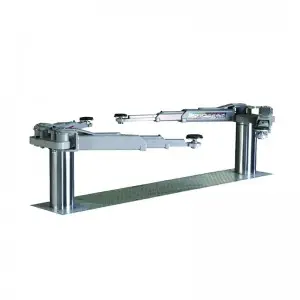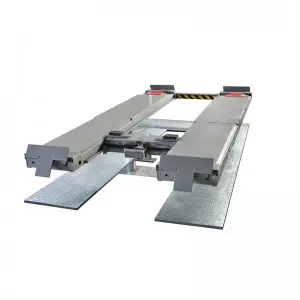From engines to drink containers, cylinders are a fundamental component in various aspects of our lives. With its simple yet effective shape, the cylinder plays a vital role in engineering and everyday activities. Let’s delve deeper into the world of cylinders and explore their diverse uses.
In engineering, cylinders are commonly used in hydraulic systems to convert fluid pressure into mechanical force. One of the most well-known applications of cylinders is in internal combustion engines. In a typical automotive engine, cylinders play a crucial role in the combustion process. The piston moves up and down inside the cylinder, compressing the air-fuel mixture and creating the necessary conditions for ignition. This controlled explosion generates the power needed to propel the vehicle forward.
Another essential application of cylinders in engineering is in hydraulic systems. Hydraulic cylinders are widely used in heavy machinery and equipment to perform tasks such as lifting, pushing, and pulling. The principle behind hydraulic cylinders is simple yet effective: when hydraulic fluid is pumped into the cylinder, it exerts pressure on the piston, causing it to move and perform the desired action. This technology is used in various industries, including construction, manufacturing, and transportation, to enhance efficiency and productivity.
Cylinders also play a key role in everyday life, often in ways that may go unnoticed. One of the most common uses of cylinders in households is in gas cylinders for cooking and heating. Gas cylinders store liquefied petroleum gas (LPG) under pressure, allowing for a convenient and portable source of energy for cooking and heating purposes. These cylinders are a staple in many households around the world, providing a reliable and efficient energy solution.
In addition to cooking gas cylinders, another everyday item that features cylinders is the humble drink container. Whether it’s a can of soda or a bottle of water, many beverage containers are cylindrical in shape. This design is not just for aesthetics; the cylinder’s shape is practical for storage and transportation, making it a popular choice for packaging liquids. The cylindrical shape allows for efficient use of space and easy handling, making it a convenient option for both consumers and manufacturers.

The Versatile Cylinder: A Closer Look at Its Many Uses in Engineering and Everyday Life

The Versatile Cylinder: A Closer Look at Its Many Uses in Engineering and Everyday Life
Beyond engineering and household uses, cylinders can also be found in various other applications. For example, in the field of astronomy, telescopes often use cylindrical mirrors and lenses to capture and focus light. The cylindrical shape helps to reduce aberrations and improve the overall image quality. In architecture, cylindrical structures such as towers and silos are used for their structural stability and efficient use of space. Cylinders are also commonly seen in art and design, where their clean and simple shape is valued for its aesthetic appeal.

The Versatile Cylinder: A Closer Look at Its Many Uses in Engineering and Everyday Life
In conclusion, the cylinder is a versatile and essential component that plays a significant role in both engineering and everyday life. From powering engines to storing gas, cylinders have a wide range of applications that make them indispensable in various industries and activities. Their simple yet effective design, combined with their efficiency and practicality, has cemented the cylinder’s place as a fundamental element in our modern world.Inground lift
